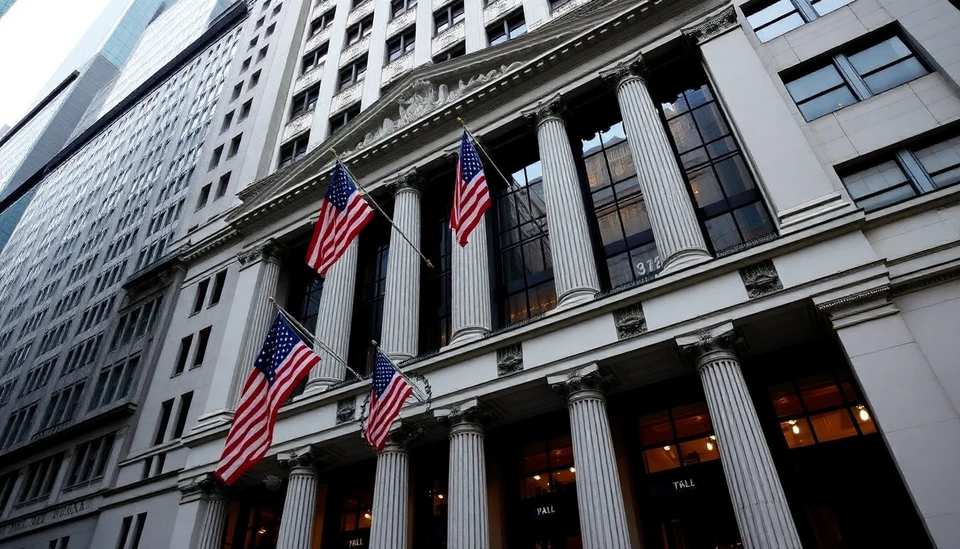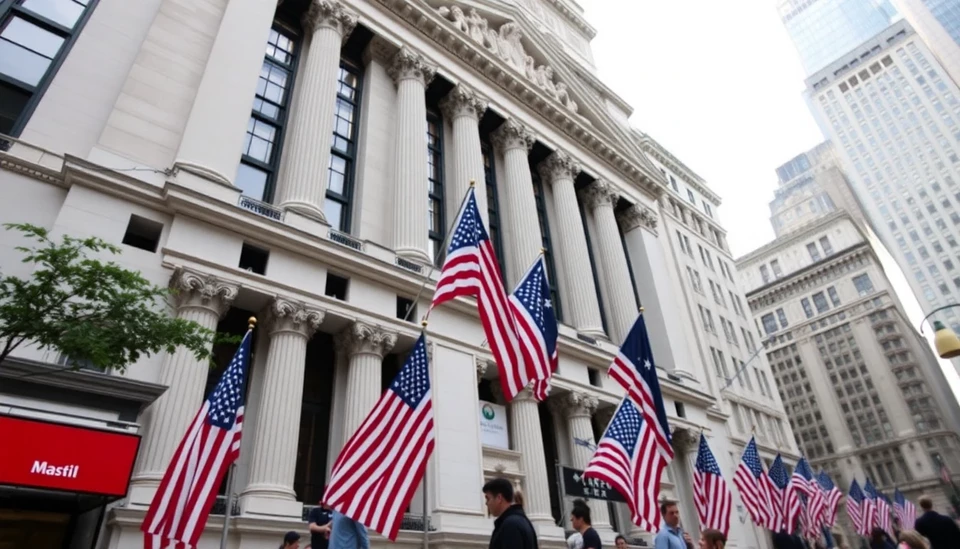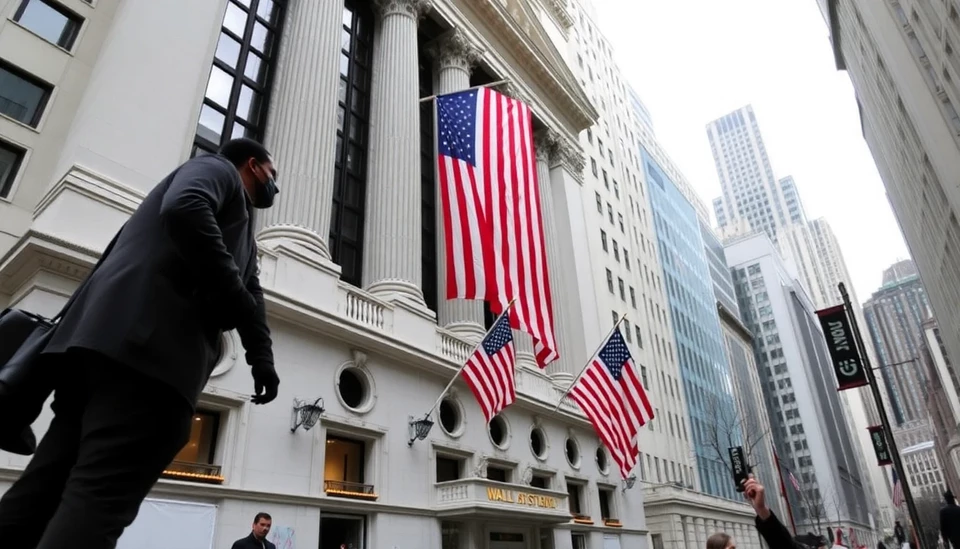
As the effects of a rapidly deteriorating economy become increasingly evident, major Wall Street banks are preparing for a challenging landscape ahead. Despite the current strong performance of some sectors, the broader economic forecast has turned sour, prompting financial institutions to reassess their strategies and risk management protocols. The anticipated economic slowdown is raising alarms among analysts and executives alike, who warn that better days might not come anytime soon.
Recent reports indicate that the financial sector is facing mounting pressures, not only from rising interest rates but also from slowing consumer spending and a dip in business investments. The interplay of these factors is creating a precarious situation for banks that rely on a robust economy to fuel profits. While many industries have shown resilience, the longer-term outlook remains uncertain, and the anticipated downturn will likely impact earnings and growth trajectories.
Moreover, bank executives are increasingly acknowledging that the current environment resembles prior downturns, where optimism gave way to surprise contractions. As they navigate through these turbulent waters, the emphasis on prudent financial management is intensifying. Strategies that include tightening credit standards and preparing for loan delinquencies are seen as vital steps that banks must undertake in anticipation of a less favorable market.
Analysts predict that the cumulative effects of high inflation, increased borrowing costs, and weakened consumer confidence could lead to a significant correction in the financial markets. As corporate earnings begin to reflect these constraints, banks may not have the luxury of relying on previous growth patterns to guide their decisions. The possibility of a recession looms larger on the horizon, and financial institutions are taking the necessary precautions to shore up their balance sheets.
Interestingly, while the current economic indicators may seem dire, some analysts caution against overreacting. They posit that the economy has shown resilience in the face of adversity, and there are still segments capable of growth. However, this optimism is tempered by the prevailing concerns regarding inflationary pressures and the potential consequences of further price increases on both consumers and businesses.
In response to these challenges, major banks are reshaping their operational strategies. Areas such as technology investment and digital banking are gaining traction as institutions look for avenues to maintain customer engagement and streamline efficiencies. In the long run, these adaptations may contribute to profitability even if the immediate outlook remains uncertain.
As Wall Street continues to grapple with these multifaceted challenges, it becomes clear that the road ahead will require careful navigation. The efforts made now will determine whether these financial giants will emerge stronger or falter amid adverse economic conditions. And while the current landscape presents formidable obstacles, it also offers opportunities for savvy banking entities willing to innovate and adapt their approaches to a changing marketplace.
In conclusion, Wall Street banks are bracing themselves for the ramifications of an increasingly precarious economic situation. As they prepare for a cycle of potential downturns, their focus on strategic adjustments will be crucial in sustaining their market positions and ensuring their longevity in turbulent times.
#WallStreet #Economy #FinancialInstitutions #BankingSector #EconomicOutlook #MarketTrends #Resilience #InvestmentStrategies
Author: John Harris




